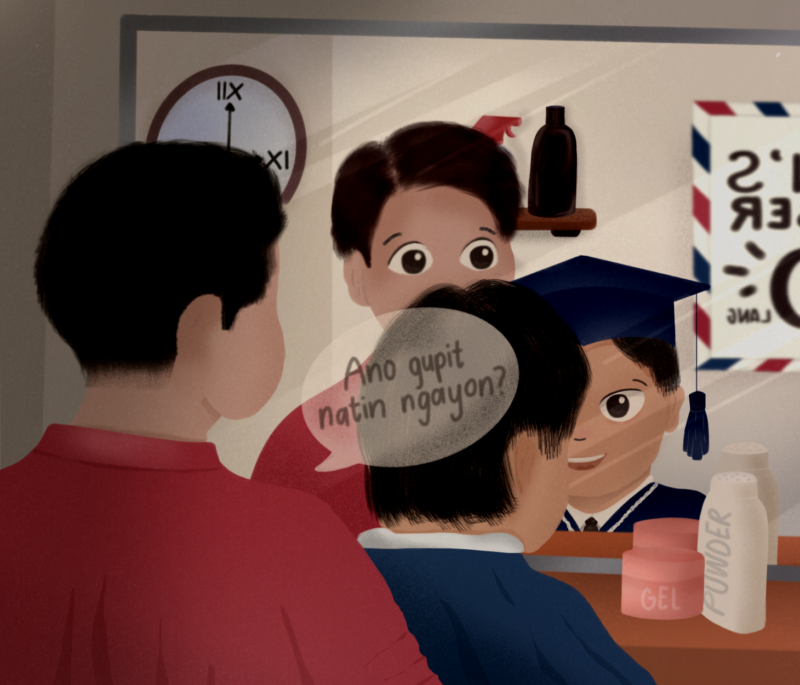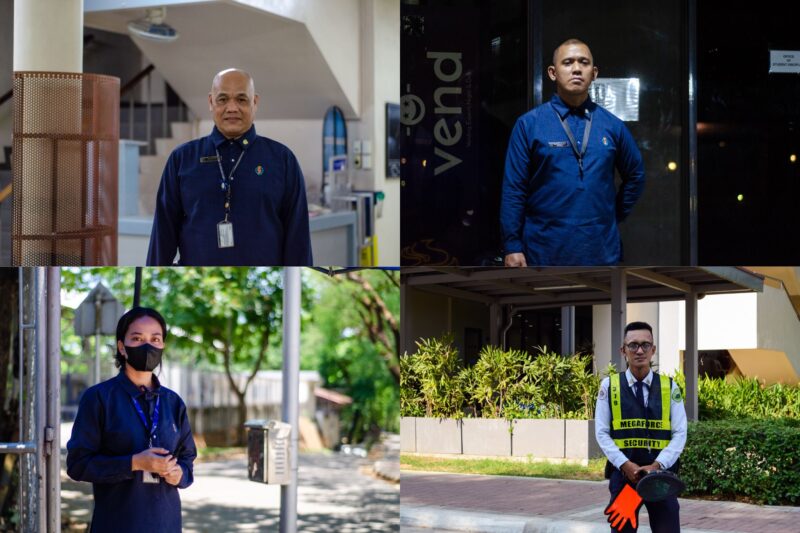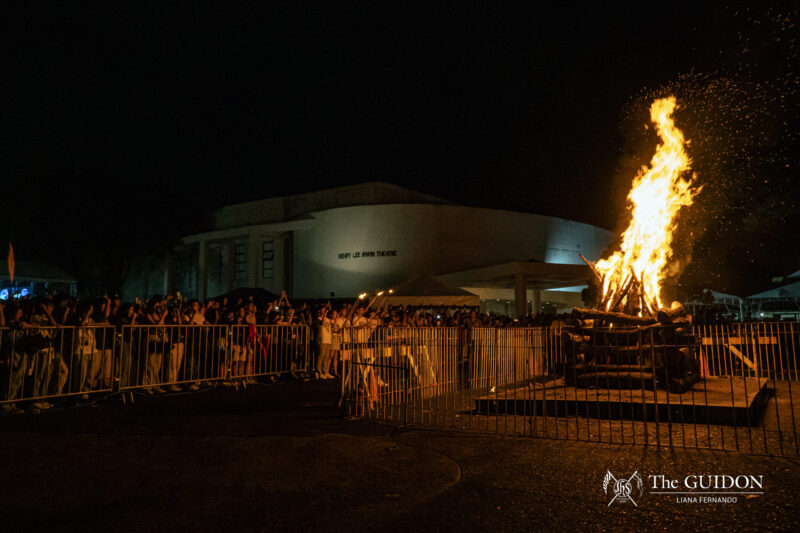LITTLE ATTENTION is given to animation in a local context. We rarely hear of Filipino animated films and those that are released usually receive little to no recognition. This is the case presented by Fine Arts Department Lecturer Molinia Velasco-Wansom during the Talakayang Alay Sa Bayan talk entitled “The Frames of Change: A Talk on the State of the Philippine Animation Industry” on October 8 at Faura AVR. Neal Andrew Lim, an animator and instructor from De La Salle-College of St. Benilde, joined her and gave insights on the inner workings of the Philippine animation industry.
A history of potential
Velasco-Wansom opened the talk by introducing how animation came to the Philippines in the first place. According to her, as early as the 1980s, Americans started to subcontract Philippine animators because “they had a good grasp of the English language and American humor.”
In the same period, animation in the Philippines also found its way into mainstream media, when local animation companies and corporations began to open up. Velasco-Wansom illustrated this by showing a few examples of experimental animation aired on Philippine television and used in advertisements during its earliest years in the Philippines.
These developments ushered in the Philippines’ own “golden age of animation production.” However, during this era, these Filipino animators were not given due credit and only the names of the studios could be seen in the end product.
Aside from this, Velasco-Wansom discussed how animators during animation’s earliest years were not paid properly. She juxtaposes this with the 1982 Animators’ Strike in the United States, showing how animators all over the world experienced similar problems.
Velasco-Wanson also talked about the current state of the local industry by showing examples of recent Philippine animation like Barangay 143, an anime show that began airing on GMA Network in October 2018.
One major concern, according to Velasco-Wansom, is that local animated shows do not sell to the Philippine masses. She claimed that because no one watches them, they always turn out to be commercial flops.
Now and onwards
After providing the history of animation in the Philippines, Velasco-Wansom gave the floor to Lim, who talked about the current systems within the industry. Lim started by sharing his personal experiences, first and foremost as a student of the field. He recalled how, while he was learning from his animation classes, he learned most of the techniques he knows from the studio.
Lim also touched on aspects such as technology in animation and the regular income of animators. According to him, it is not much different from before. Velasco-Wansom also added to this by saying that, even though animators started using digital means for animation, they still weren’t paid well.
Towards the end of the talk, one of the students from the audience asked whether or not it is possible for Philippine animation to attain the same status as productions from international animation studios. Velasco-Wansom simply answered, “It depends on the audience.”
While Philippine animation is not considered popular in mainstream media, Velasco-Wansom nevertheless asserted, “The animation industry is not really dead.”
Perhaps this is true, for as long as there are people dedicating their skills to the craft, animation in the Philippines may not be dead after all.
In the end, the success of an industry relies heavily on its audience. Sadly, for Philippine animation, it has not yet found its appropriate commercial niche to latch onto. However, this does not erase the fact that the animation industry is an industry of potential—something that could widen its sphere of influence in the years to come.
What do you think about this story? Send your comments and suggestions here: tgdn.co/2ZqqodZ







